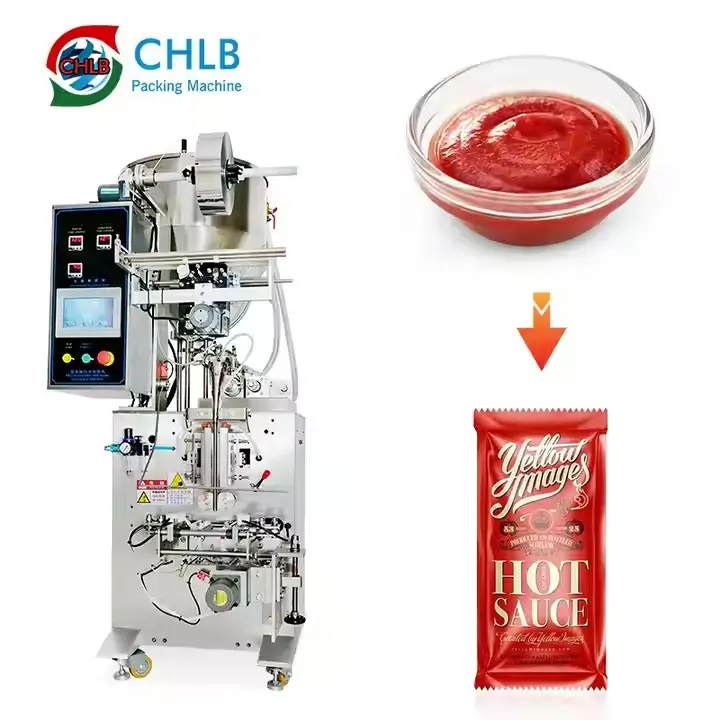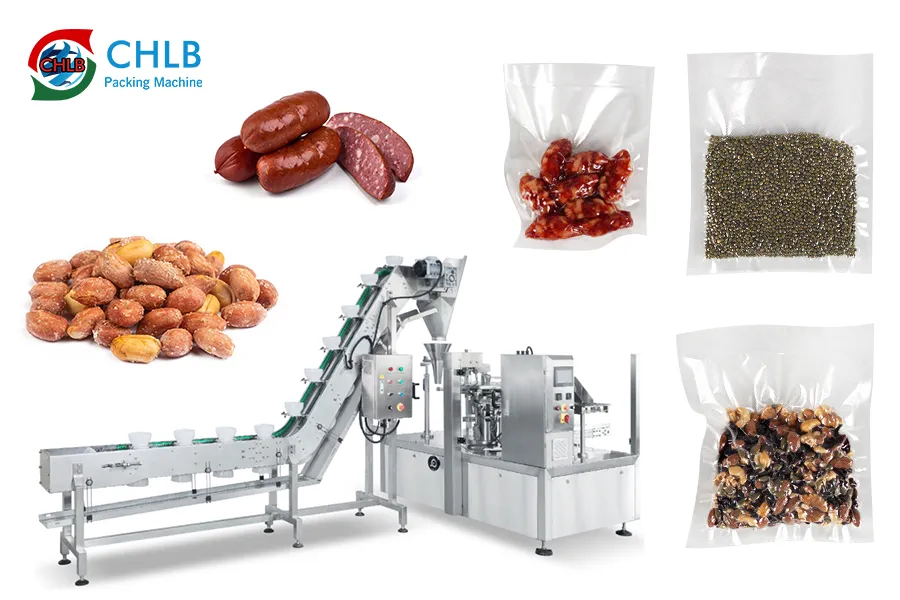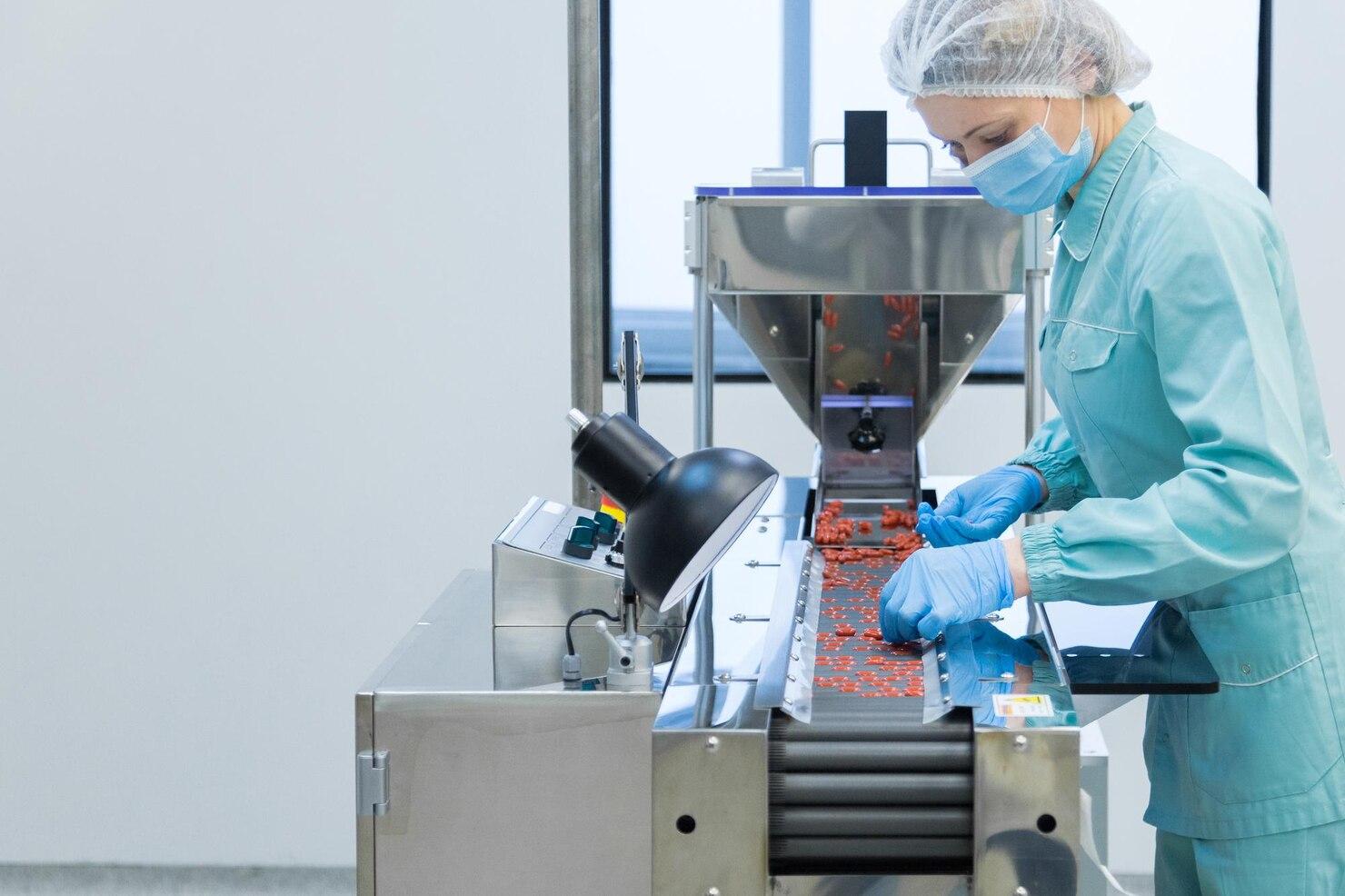Food packaging plays a crucial role in ensuring the safety, 품질, and longevity of products. It not only protects the contents from external elements but also aids in reducing food waste, improving convenience, and providing essential information to consumers. With so many options available, it’s important to understand the different types of packaging materials and their benefits. 이 가이드에서는, we will explore the most commonly used food packaging materials, their roles, and offer tips for choosing the right one for your business. Read on to discover how to optimize your packaging and reduce costs while maintaining quality.
Roles of Food Packaging
According to the passage from Wiley Online Library, 식품 포장 plays a vital role in everyday life. Let’s keep reading to explore its essential roles!
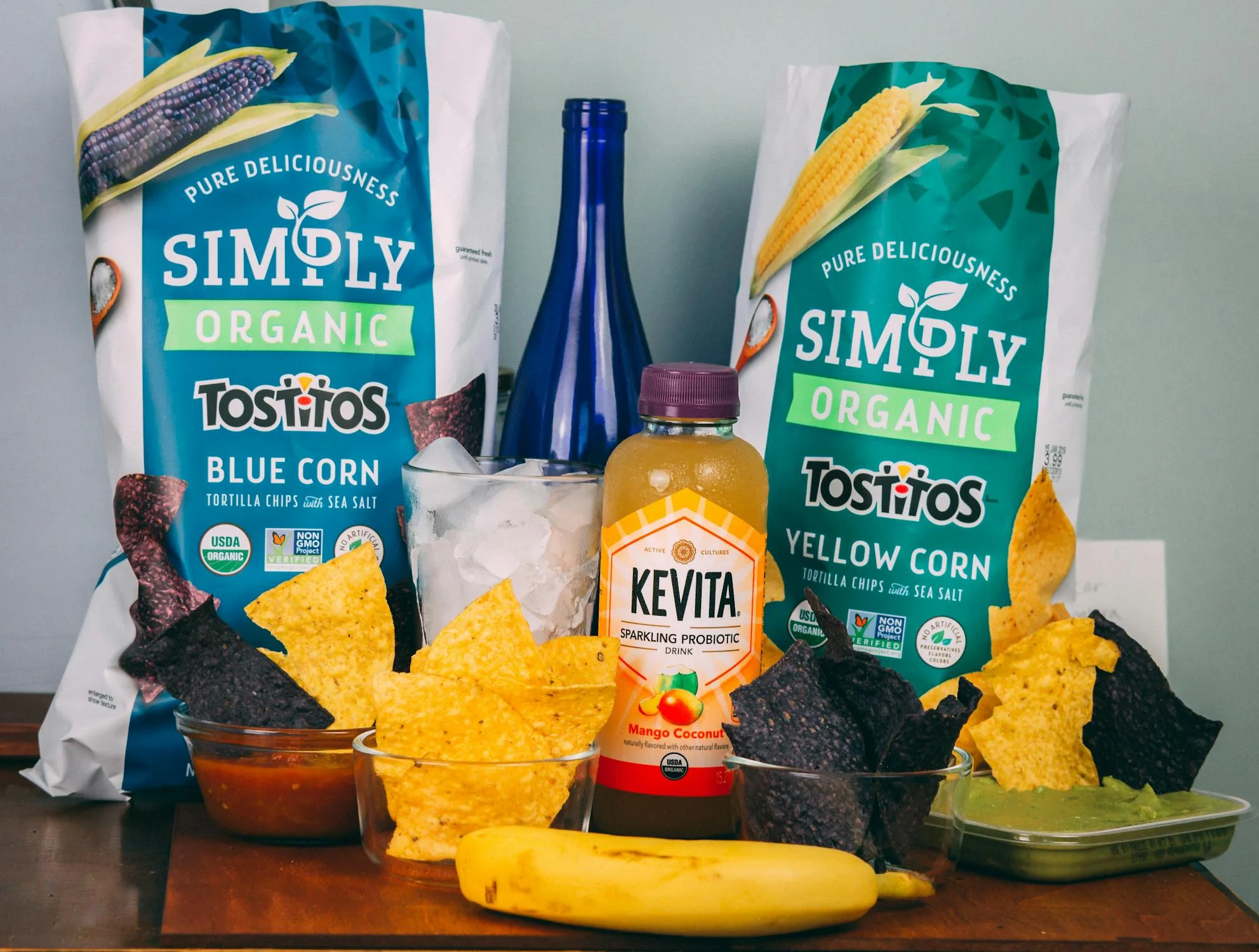
Protection and Preservation
Food packaging is key to keeping food fresh, 안전한, and long-lasting by acting as a barrier against chemical, biological, and physical threats. Materials like glass, metals, and certain plastics help shield food from moisture, 공기, and light, maintaining quality during transport and storage.
Reducing Food Waste
Good packaging helps cut down on food waste by offering better containment and storage. It prevents spoilage during transit and keeps food fresher for longer. 을 더한, it makes portioning easier, so consumers only use what they need, 폐기물 감소.
Marketing and Communication
Packaging is the face of a product, giving brands a chance to stand out on the shelf. Creative designs and clear labels attract attention while providing essential details like nutritional facts and cooking instructions, helping consumers make smart choices.
Traceability for Safety
Modern packaging often comes with features like barcodes or RFID tags that let companies track food throughout the supply chain. This makes it easier to handle recalls and adds a layer of transparency that builds consumer trust.
소비자를 위한 편의성
Today’s consumers need packaging that’s easy to use. Resealable bags, microwave-safe trays, and easy-open designs make food prep a breeze while keeping it fresh. Packaging is evolving to meet the needs of busy, on-the-go lifestyles.
가장 일반적으로 사용되는 식품 포장 재료는 무엇입니까?
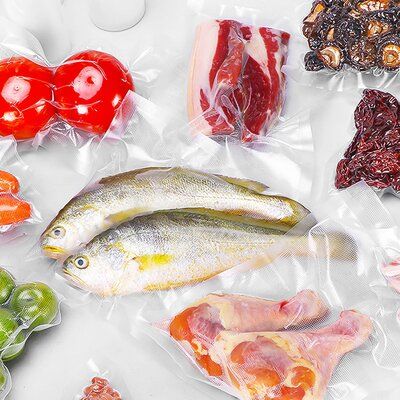
Paper, paperboard, and cardboard are commonly seen in both retail packaging and shipping applications. 하지만, plastic remains the most widely used food packaging material. Its popularity stems from its lightweight nature, 경제성, and ease of use. Like glass, plastic is incredibly versatile and can be molded into a wide range of shapes, making it a top choice for many businesses looking for efficient food packaging solutions.
Types of Food Packaging Materials
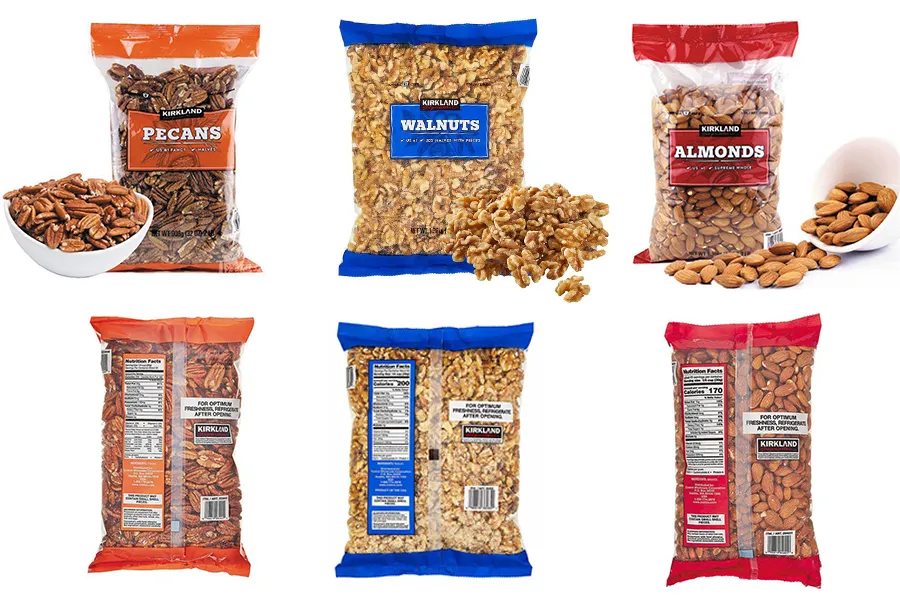
1. Plastic Packaging
Plastic packaging is a dominant force in the food industry due to its numerous advantages. And there are some kinds of plastic packaging in the food Here are some key points about plastic packaging:
폴리에틸렌 (체육)
폴리에틸렌 (체육) is one of the most widely used plastic packaging materials, known for its flexibility and durability. It is commonly used in grocery bags, shrink wraps, and plastic bottles. PE can be further categorized into low-density polyethylene (LDPE) and high-density polyethylene (HDPE), each serving different packaging needs. LDPE is often used for flexible packaging, while HDPE is preferred for stiffer applications.
Polypropylene (PP)
Polypropylene (PP) is another popular plastic used in food packaging due to its resistance to heat and moisture. It is commonly found in containers, straws, and food wraps. PP is known for its clarity, making it an excellent choice for packaging products where visibility is essential. 추가적으로, it has a higher melting point compared to other plastics, allowing for microwave-safe packaging options.
Polyethylene Terephthalate (애완 동물)
Polyethylene Terephthalate (애완 동물) is widely used for beverage containers, food jars, and packaging films. Known for its strength and lightweight properties, PET is also highly recyclable, making it a popular choice for environmentally conscious brands. It offers excellent barrier protection against oxygen and moisture, helping to preserve the freshness and quality of food products.
2. Paper and Cardboard Packaging
The National Library of Medicine and National Center for Biotechnology Information said, paper and paperboards encompass 31% of the global packaging market segment and are most widely used in food packaging. There are two types of it widely used in the paper because of its recyclability.
Kraft Paper
Kraft paper is a strong, durable paper made from unbleached pulp. It is commonly used for food packaging, such as bags, wraps, and boxes. Known for its natural brown color and eco-friendliness, kraft paper is biodegradable and recyclable, appealing to environmentally conscious consumers. Its resistance to tearing and moisture makes it suitable for packaging various food items, including baked goods and snacks.
Corrugated Cardboard
Corrugated cardboard consists of a fluted inner layer sandwiched between two flat layers, providing excellent strength and protection. It is widely used for shipping boxes and packaging perishable goods. Its lightweight nature helps reduce shipping costs, while its cushioning properties safeguard products during transit. 추가적으로, corrugated cardboard can be printed on, allowing for branding and marketing opportunities while remaining recyclable and eco-friendly.
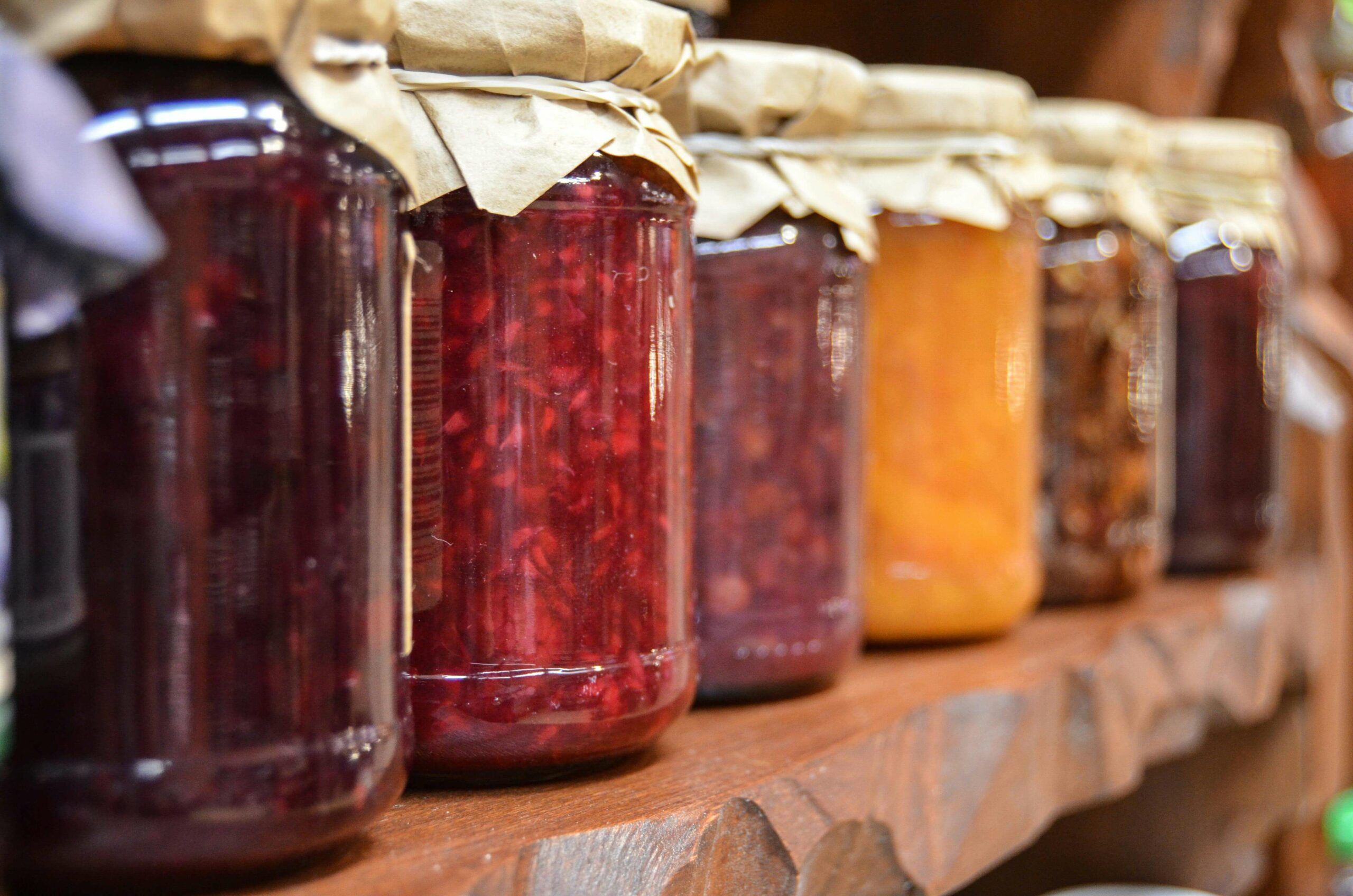
3. Glass Packaging
Glass has a long history in food packaging, with the first glass containers appearing around 3000 BC. The production process involves melting a mixture of silica, sodium carbonate, and stabilizers at high temperatures to create a thick liquid, which is then molded into containers.
Glass is non-toxic and chemically inert, ensuring that no harmful substances leach into food. Its impermeability to gases and vapors helps maintain product freshness over time. And its transparency allows consumers to see the contents, and colored glass can protect light-sensitive items.
Despite its advantages, glass packaging has drawbacks, such as its weight, which can increase transportation costs, and its brittleness, making it easy to breakage from impacts or thermal shock.
4. Metal Packaging
Metal is the most versatile packaging option available. It combines exceptional physical protection with outstanding barrier properties, allowing for flexible design and decoration. 추가적으로, metal packaging is highly recyclable and enjoys strong consumer acceptance. There are three types of metal packaging.
Aluminum
Aluminum is a lightweight and versatile metal commonly used in food packaging, particularly for beverage cans and foil. It offers excellent barrier properties against light and moisture, helping to preserve freshness. 추가적으로, aluminum is highly recyclable, making it an eco-friendly choice for consumers and manufacturers alike.
Tinplate
Tinplate is steel coated with a thin layer of tin, providing excellent resistance to corrosion and rust. It is widely used for food cans, offering a protective barrier that maintains product quality. Tinplate can be easily printed on, allowing for effective branding and marketing while being recyclable.
Steel
Steel is a strong and durable metal used in packaging for products like canned foods and industrial food containers. It provides excellent protection against external factors and has a long shelf life. Steel packaging is also recyclable and can be produced in various sizes and shapes to meet different packaging needs.
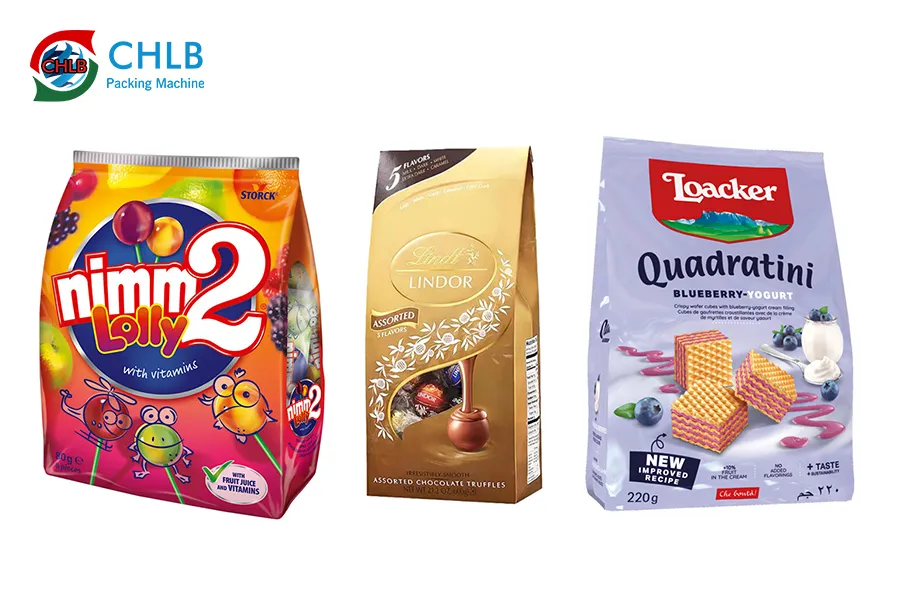
5. Flexible Packaging
Flexible packaging is an innovative and adaptable solution that has gained popularity across various industries. Here are two kinds of flexible packaging in the food industries.
Multi-Layer Films
Multi-layer films are designed to provide enhanced protection for food products. These films combine various materials to create a barrier against moisture, 산소, and light, which helps maintain freshness and extend shelf life. Commonly used in snack foods, 냉동 식품, and perishable items, multi-layer films are customizable for different applications, ensuring food safety and quality.
파우치
Pouches are a versatile form of flexible packaging widely used in the food industry. They can be designed for various contents, from 간식 to liquids, and often feature resealable closures for convenience. Pouches are lightweight and space-efficient, making them ideal for retail and on-the-go consumption. 추가적으로, many pouches incorporate features such as steam vents for microwaving and easy-pour spouts, enhancing user experience while maintaining food integrity.
6. Rigid Packaging
Rigid packaging refers to containers that maintain their shape and structure, providing robust protection for the contents inside. This type of packaging is often made from materials such as plastic, glass, 금속, 또는 판지.
Clamshells
Clamshells are popular rigid packaging options that consist of two halves hinged together, forming a secure enclosure for products. Commonly used for fruits, salads, 그리고 구운 식품, clamshells provide excellent visibility while protecting contents from damage. Their design allows for easy stacking and transport, making them convenient for both retailers and consumers.
Trays and Bowls
Trays and bowls are versatile rigid packaging solutions used for a variety of food products, 바로 먹을 수 있는 식사를 포함해, 간식, and fresh produce. These containers offer stability and ease of handling, often featuring compartments to separate different food items. Made from materials like plastic, 알류미늄, or biodegradable options, trays and bowls can be designed for microwaveable use, enhancing convenience for consumers while maintaining food quality.
Tips for Choosing the Right Food Packaging Material
Selecting the appropriate food packaging material is crucial for maintaining product quality and safety. Here are some tips to help you make the right choice:
Consider the Food Type
Think about the type of food you are packaging. Perishable items like 과일과 채소 need materials that keep moisture and gases out. For dry goods, like pasta or cereals, less protection may be enough. Also, check if the food requires vacuum sealing or refrigeration.
Environmental Impact
Sustainability matters. Choose packaging that is eco-friendly, recyclable, or biodegradable. Look for certifications that show the material is made with sustainable practices. This not only helps the environment but also attracts eco-conscious customers.
Safety and Regulations
Safety is crucial in food packaging. Ensure that the materials meet local and international safety standards. Make sure they do not contain harmful chemicals that could leach into the food. Using safe packaging builds trust with your customers and keeps them protected.
Different Ways to Reduce Food Packaging Costs
When you package food, there may be food packaging costs. How we reduce and cut the cost? Here are some ways for you to take.
Consider Alternative Packaging Materials
You should look for less expensive materials that still effectively protect your food products. Options like biodegradable films or simple cardboard can help lower costs while providing the necessary protection. It is essential to research new materials that fit your budget and product needs.
Use Recyclable and Reusable Packaging
Choosing packaging that can be recycled or reused is a smart move. This not only cuts costs but also appeals to eco-conscious customers. Reusable containers can lead to significant savings over time, as they reduce the need for new packaging materials.
Optimize Packaging Design
You can simplify your packaging design to use less material. This approach can lower both production costs and shipping fees. It is beneficial to consider designs that minimize waste while still providing adequate protection for the product.
Leverage Bulk Purchasing
Buying packaging materials in bulk allows you to take advantage of discounts. This strategy can significantly reduce costs over time. 하지만, you should have enough storage space and that the materials will not expire before use.
Partner with Packaging Consultants
Working with packaging experts can help you find cost-effective solutions. They can assist you in streamlining your packaging process and suggest materials that save money without sacrificing quality.
Monitor and Review Packaging Costs Regularly
It is important to keep track of your packaging expenses. Regular reviews can help you spot trends and identify areas where savings can be made. Adjusting your strategies as needed will ensure you are always minimizing costs effectively.
Key Takeaway
Food packaging materials—whether plastic, 종이, glass, or metal—all play a key role in protecting and presenting your products. Choosing the right one depends on your food type, environmental goals, and safety requirements.
If you’re looking for expert advice on packaging, chlbpack is here to help. We can guide you through the process and find the best, most affordable solutions for your business. Feel free to reach out to CHLBPACK anytime for personalized support!

